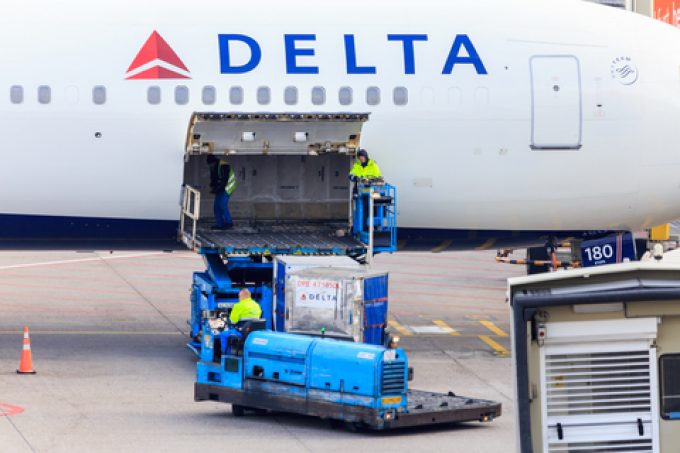Latest strike will cause ‘massive' disruption at German airports
Frankfurt Airport, Europe’s leading hub for air cargo, has warned of “massive disruption” to flight ...

Fluctuating volumes, pandemic-induced government support schemes and staff shortage woes have left ground handlers facing “very different labour dynamics” across networks.
Chief operating officer of Menzies Aviation, Mervyn Walker, told The Loadstar the ongoing impact of Covid-19 differed country to country and was forcing the company to make “tailored” approaches to tackling recruitment challenges, which some claim are worsening.
“In the US, volumes have strongly recovered but unemployment benefit schemes have been a disincentive for some staff to return to the workforce,” ...
Asia-USEC shippers to lose 42% capacity in a surge of blanked sailings
USTR fees will lead to 'complete destabilisation' of container shipping alliances
New USTR port fees threaten shipping and global supply chains, says Cosco
Outlook for container shipping 'more uncertain now than at the onset of Covid'
Transpac container service closures mount
DHL Express suspends non-de minimis B2C parcels to US consumers
Zim ordered to pay Samsung $3.7m for 'wrongful' D&D charges
Flexport lawsuit an 'undifferentiated mass of gibberish', claims Freightmate

Comment on this article